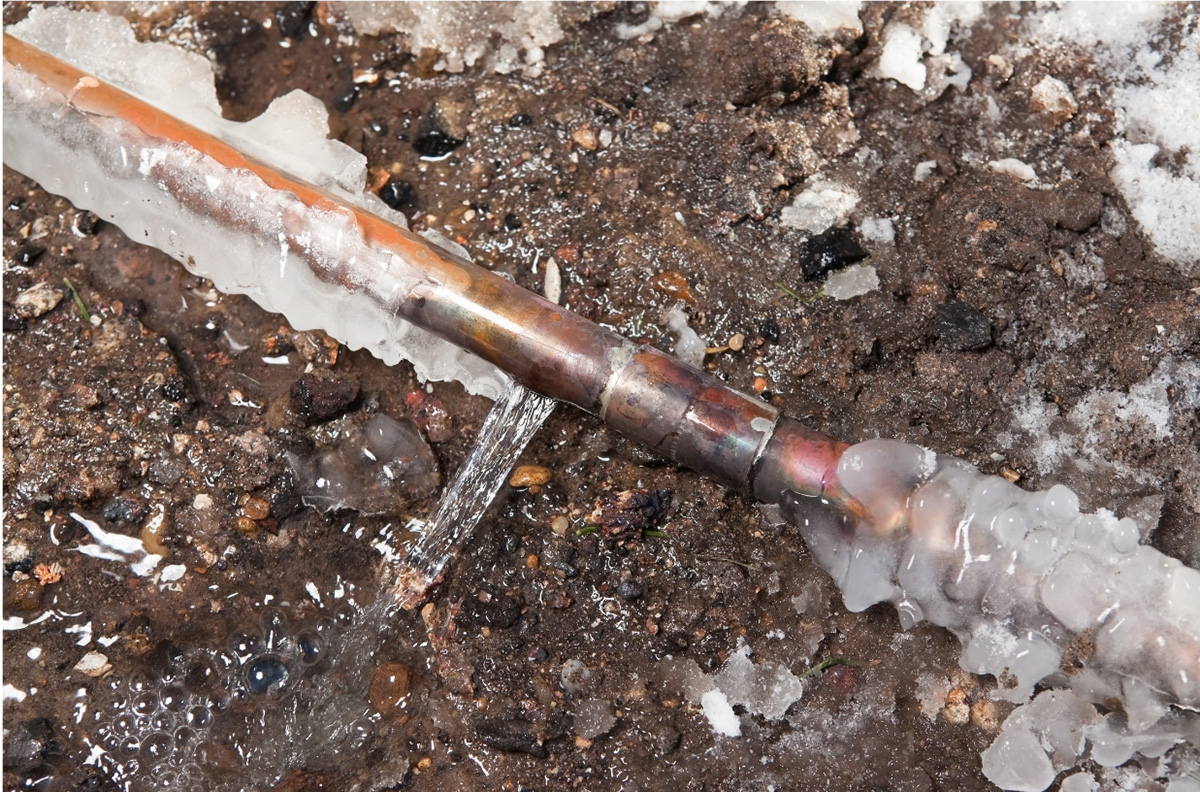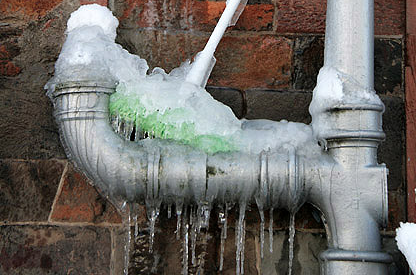Important Tips to Avoid Frozen Plumbing in Cold Weather
Call TodayDo you find yourself trying to locate additional info concerning Helpful Tips to Prevent Frozen Pipes this Winter?

Cold weather can damage your pipes, particularly by freezing pipelines. Here's how to stop it from happening and what to do if it does.
Intro
As temperature levels decline, the threat of frozen pipelines rises, possibly leading to costly repairs and water damages. Recognizing just how to stop icy pipes is important for property owners in cold environments.
Recognizing Icy Pipelines
What creates pipes to ice up?
Pipes freeze when exposed to temperatures below 32 ° F (0 ° C) for extended durations. As water inside the pipelines ices up, it broadens, putting pressure on the pipeline wall surfaces and possibly triggering them to burst.
Risks and problems
Icy pipes can cause water system interruptions, residential property damages, and pricey fixings. Burst pipelines can flooding homes and trigger extensive structural damage.
Signs of Frozen Pipeline
Determining frozen pipelines early can prevent them from breaking.
Just how to determine frozen pipes
Try to find reduced water flow from taps, uncommon smells or noises from pipes, and noticeable frost on exposed pipes.
Prevention Tips
Shielding at risk pipes
Cover pipelines in insulation sleeves or utilize warmth tape to shield them from freezing temperatures. Focus on pipes in unheated or exterior locations of the home.
Home heating strategies
Maintain interior spaces effectively heated up, specifically locations with pipes. Open cupboard doors to permit cozy air to distribute around pipes under sinks.
Safeguarding Exterior Plumbing
Yard tubes and outside taps
Detach and drain pipes garden pipes before winter months. Set up frost-proof spigots or cover outside faucets with shielded caps.
What to Do If Your Pipelines Freeze
Immediate activities to take
If you think icy pipes, keep faucets open up to ease stress as the ice thaws. Use a hairdryer or towels soaked in warm water to thaw pipes gradually.
Long-Term Solutions
Architectural adjustments
Take into consideration rerouting pipelines away from outside walls or unheated areas. Include added insulation to attic rooms, basements, and crawl spaces.
Updating insulation
Invest in premium insulation for pipes, attic rooms, and walls. Proper insulation helps maintain constant temperatures and minimizes the risk of frozen pipelines.
Conclusion
Stopping icy pipes calls for positive steps and fast feedbacks. By recognizing the causes, signs, and safety nets, home owners can shield their pipes throughout winter.
5 Ways to Prevent Frozen Pipes
Drain Outdoor Faucets and Disconnect Hoses
First, close the shut-off valve that controls the flow of water in the pipe to your outdoor faucet. Then, head outside to disconnect and drain your hose and open the outdoor faucet to allow the water to completely drain out of the line. Turn off the faucet when done. Finally, head back to the shut-off valve and drain the remaining water inside the pipe into a bucket or container. Additionally, if you have a home irrigation system, you should consider hiring an expert to clear the system of water each year.
Insulate Pipes
One of the best and most cost-effective methods for preventing frozen water pipes is to wrap your pipes with insulation. This is especially important for areas in your home that aren’t exposed to heat, such as an attic. We suggest using foam sleeves, which can typically be found at your local hardware store.
Keep Heat Running at 65
Your pipes are located inside your walls, and the temperature there is much colder than the rest of the house. To prevent your pipes from freezing, The Insurance Information Institute suggests that you keep your home heated to at least 65 degrees, even when traveling. You may want to invest in smart devices that can keep an eye on the temperature in your home while you’re away.
Leave Water Dripping
Moving water — even a small trickle — can prevent ice from forming inside your pipes. When freezing temps are imminent, start a drip of water from all faucets that serve exposed pipes. Leaving a few faucets running will also help relieve pressure inside the pipes and help prevent a rupture if the water inside freezes.
Open Cupboard Doors
Warm your kitchen and bathroom pipes by opening cupboards and vanities. You should also leave your interior doors ajar to help warm air circulate evenly throughout your home.

As a passionate person who reads about Helpful Tips to Prevent Frozen Pipes this Winter, I figured sharing that piece of content was a good idea. Be sure to pause to share this blog post if you enjoyed reading it. I love your readership.
Book Inspection